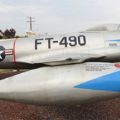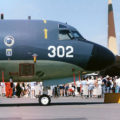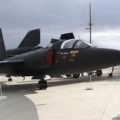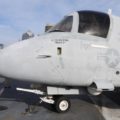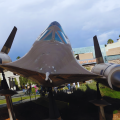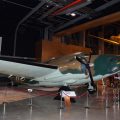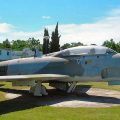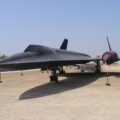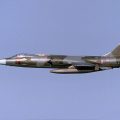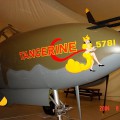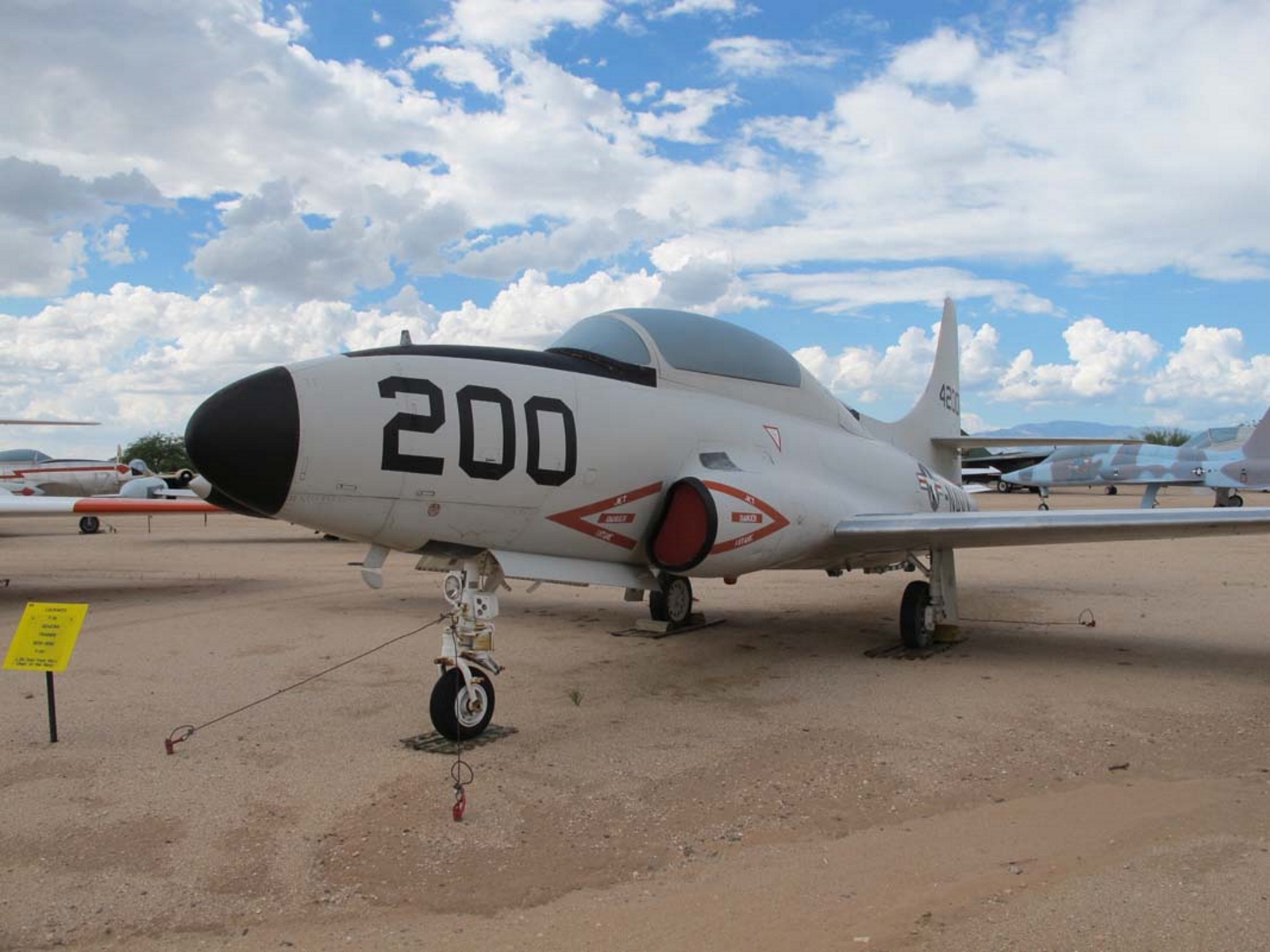
Lockheed T-1A | |
| Riik | USA |
| Tüüp | Õhusõidukite koolitamine |
| Foto | Vladimir Jakubov |
| Leida | Pima õhu- ja kosmosemuuseum, Tuscon |
| Kirjeldus | Album 133 photos walk-around of a «Lockheed T-1A» |
Fotogalerii Lockheed T-1A, The Lockheed T2V SeaStar, later called the T-1 SeaStar, was a turbojet trainer aircraft for the U.S. Navy that entered service in May 1957. It was developed from the Lockheed T-33 and powered by one Allison J33 engine.
Allikas: Lockheed T-1A on Wiki
Seotud komplektid:
Leia komplektid eBayst:
Vaata ka:
The Lockheed T-1A is a jet trainer aircraft that was used by the United States Air Force (USAF) from 1961 to 1993. It was derived from the civilian Lockheed JetStar business jet and was the first jet trainer to enter service with the USAF. The T-1A was designed to train pilots for high-performance and multi-engine aircraft, such as the B-52 Stratofortress and the C-141 Starlifter. The T-1A had a four-seat cockpit with dual controls and ejection seats, a swept-wing design, and four turbojet engines mounted in pods under the wings.
The T-1A could reach a maximum speed of 529 mph (851 km/h) and had a range of 2,500 miles (4,023 km). The T-1A was also equipped with a radar, an inertial navigation system, and a flight simulator. The T-1A was retired from the USAF in 1993 and replaced by the Raytheon T-1 Jayhawk, a modified version of the Beechjet 400A business jet. Some of the T-1A aircraft were sold to civilian operators or donated to museums and educational institutions.

Views : 2464


